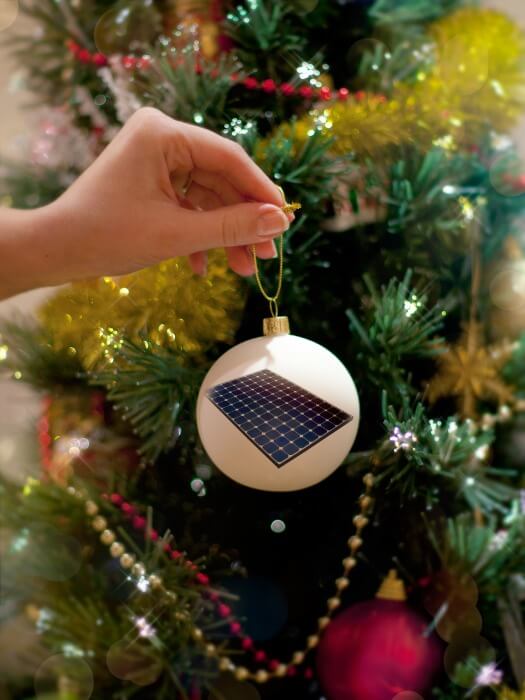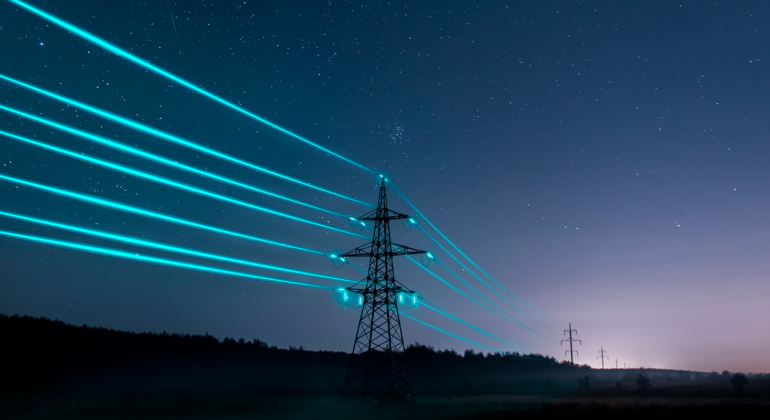My fellow solar marketers, I hate to bring bad tidings during this festive holiday season, but the truth is that you’d never know it was a holiday season—or even any season besides summer—judging by the websites and social media of both B2B and B2C solar companies.
As I write this post, it’s less than a week before Thanksgiving 2015, yet there’s barely any sign of it. A few weeks ago, I noticed the same nonholiday marketing trend for Halloween, though I did see a lot of solar companies honoring veterans on social channels during Veteran’s Day.
Now I know some of you are saying that marketing for any holiday is just for residential install companies, but even solar installers are aware of the holidays and the changing seasons. And what are the benefits? Lots. Here are four off the top of my head:
- B2B holiday marketing can bring out the faces behind your brand. Yes, you’re a company, but you’re only as good as the people who serve your customers. Whether it’s Christmas or July 4th or Labor Day, show how your employees are part of those celebrations. Even better, show how your customers are participating in a particular holiday.
- Naturally, B2B holiday marketing gives you time-sensitive reduced pricing opportunities via email and ads.
- Consistent B2B holiday marketing gives you multiple social media engagement opportunities. Perhaps a prospect never really noticed your inverter or your brand until you put it inside a Valentine heart. Come to think of it, I could see a lot of visual valentine themes around an installer who “loves” your products. Done well, they could be funny and shareable, right? Right. Same goes for any holiday.
- Holiday B2B marketing gives your company a personality. Ultimately, your brand should give customers and prospects a positive feeling. Think Nike. Think Apple. Holiday marketing helps you enhance a genuine feeling and voice associated with your brand.
Of course, residential solar marketers should be marketing in the same way that other consumer brands market. Tactically, that not only means having solar sales incentives for every major consumer holiday (Black Friday, New Year’s, Presidents Day, Valentine’s, Labor Day, Halloween, etc), but also reflecting the holidays and seasons on your website. (I’m still amazed how it’s always summer on solar company websites.)
If you’re unsure what tactics to take, simply follow WalMart, BestBuy, Apple, Nordstrom or your local car dealership. See what they’re doing and do as much as possible within your budget. That may include the following:
- Holiday images on your website
- Holiday email reduced pricing sales to prospects
- Holiday email referral incentives to existing customers
- Targeted Facebook and other relevant social network advertising
- Print and Web newspaper advertising
- Radio advertising
- Local TV ads
- Billboard ads
- Holiday-themed blog posts
When solar companies ignore marketing campaigns for the holidays, it sends a message that our industry is out of touch with modern culture.
Especially in the residential and growing community solar sectors, if we’re to become a mainstream energy source, we must market like other big-ticket-item mainstream products.
So let’s get out our 2016 holiday calendars and start brainstorming about what we can cost-effectively do to market solar like a modern industry that’s been around for 40 or 50 years … which it has.
Tor “Solar Fred” Valenza is the chief marketing officer of solar at Kiterocket. Follow him on Twitter at @SolarFred and @Solar_ThinkTank.


